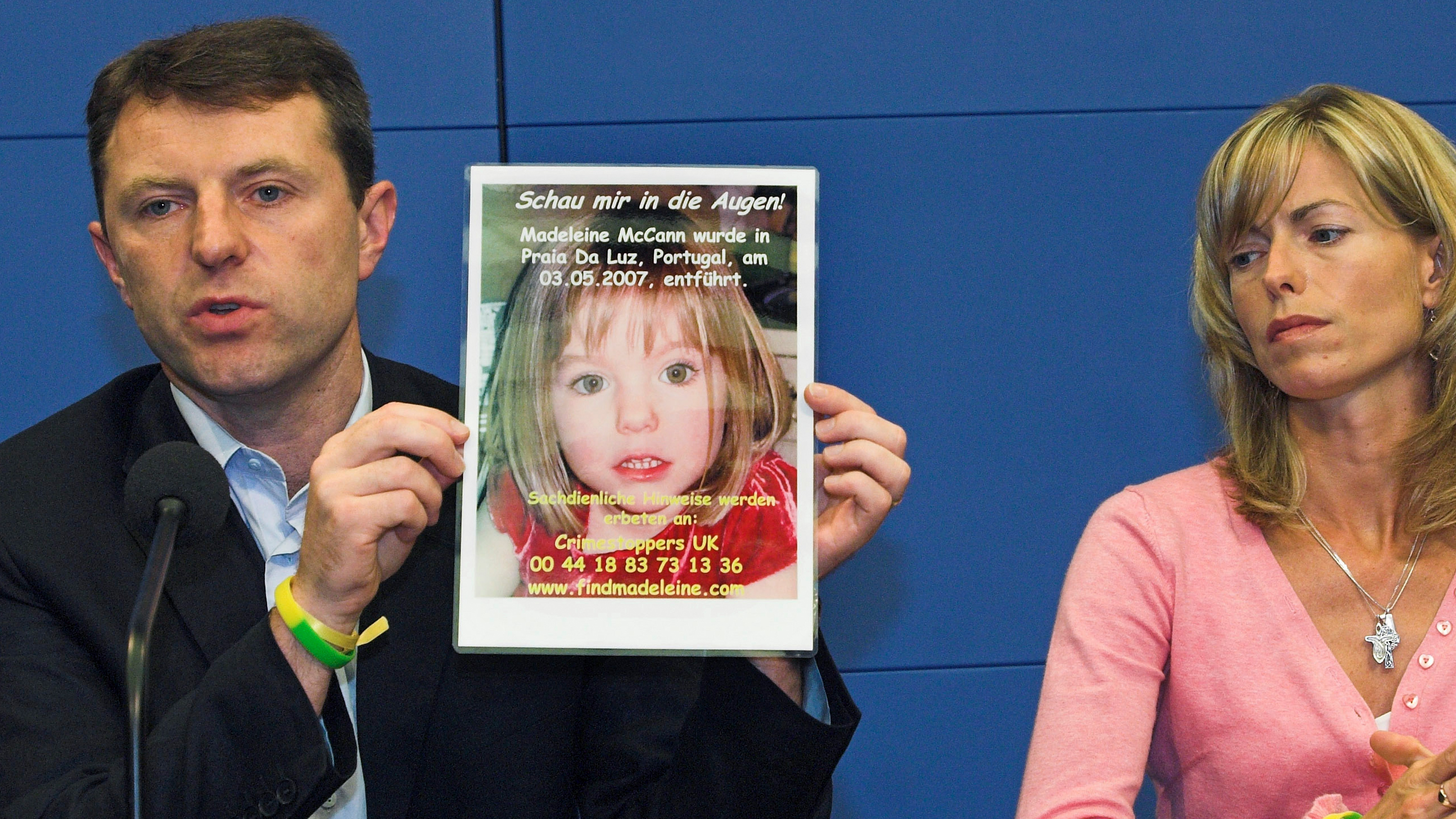The story of a New Zealand mother and her young son, who have been held in U.S. Immigration and Customs Enforcement (ICE) custody for weeks following a short trip to Canada, has brought a spotlight on the complexities and often harsh realities of modern immigration enforcement. What began as a brief family vacation has reportedly devolved into a prolonged and traumatic detention, raising serious questions about the protocols and humanitarian considerations within the U.S. immigration system. The case has sparked outrage among immigration advocates and international observers, who are questioning the necessity of such a severe response to a seemingly minor administrative issue.
The incident’s origins lie in the family’s attempt to return to the United States. The mother, who had been a resident of the U.S. on a work visa, and her six-year-old son, who was born in the U.S. and is therefore a citizen, made a trip to Canada. Upon their return to the U.S. border, the mother’s visa was flagged as expired, and the family was immediately taken into custody. Despite the son being an American citizen, the mother’s expired documentation was enough to trigger a full-scale detention, separating the pair from their established life and placing them in an an uncertain and stressful situation.
The primary factor for their custody seems to be the mother’s legal status, or her lack thereof. She had an ongoing application for a new visa, although her former visa had expired. According to U.S. immigration regulations, an individual without a current visa can be considered as having “overstayed,” which subjects them to detention and deportation. This scenario is common for numerous immigrants. However, what makes this case particularly notable is that her six-year-old son, a U.S. citizen, was detained alongside her. This situation raises challenging questions about the handling of children and the judgment exercised by immigration officers when managing family cases.
For numerous individuals, the confinement of a six-year-old U.S. national is an excessive measure. The youngster is not an immigrant; he holds citizenship with a legitimate entitlement to reside in the nation. Placing him in a detention center, irrespective of his mother’s legal standing, is perceived by many as an infringement of his rights and an ethical lapse. Supporters contend that the system should adopt a more compassionate and practical stance, permitting the mother to stay in a less confining setting while her legal proceedings are underway, particularly since she has a young U.S. citizen to look after. The prevailing policy, nevertheless, seems to emphasize rigorous enforcement above everything else, without regard to the humanitarian consequences.
The family’s detention also highlights the bureaucratic labyrinth of the U.S. immigration system. The mother’s pending visa application, which she reportedly filed in good faith, was not enough to prevent her detention. This shows how little weight is given to an individual’s intent or good-faith efforts to comply with the law. The process is often unforgiving, and a single administrative error can lead to a prolonged and difficult legal battle. The family is now forced to navigate this complex system from within a detention facility, a situation that puts them at a significant disadvantage and prolongs their separation from their home and community.
The narrative has also highlighted the state of ICE detention centers. According to accounts from the family’s legal representatives and support organizations, the environment is particularly tense and disturbing for minors. These centers, intended for adults accused of breaching immigration regulations, are inappropriate for children. The situation can cause trauma, potentially resulting in extended psychological harm. The absence of a clear, compassionate solution for families in these circumstances is a significant critique from those advocating for changes in immigration policies.
The situation involving the New Zealand mother and her child serves as a striking and emotional illustration of how just one administrative error can severely affect a family. It necessitates a thorough evaluation of the U.S. immigration system’s objectives: is its main aim to strictly apply the law, or to balance such application with compassion and fairness?
The public reaction suggests that many believe the system has lost its way, and that a more humane and flexible approach is needed, particularly when the lives of children are at stake. This single event has become a microcosm of a much larger, ongoing debate about the future of immigration in the United States.




